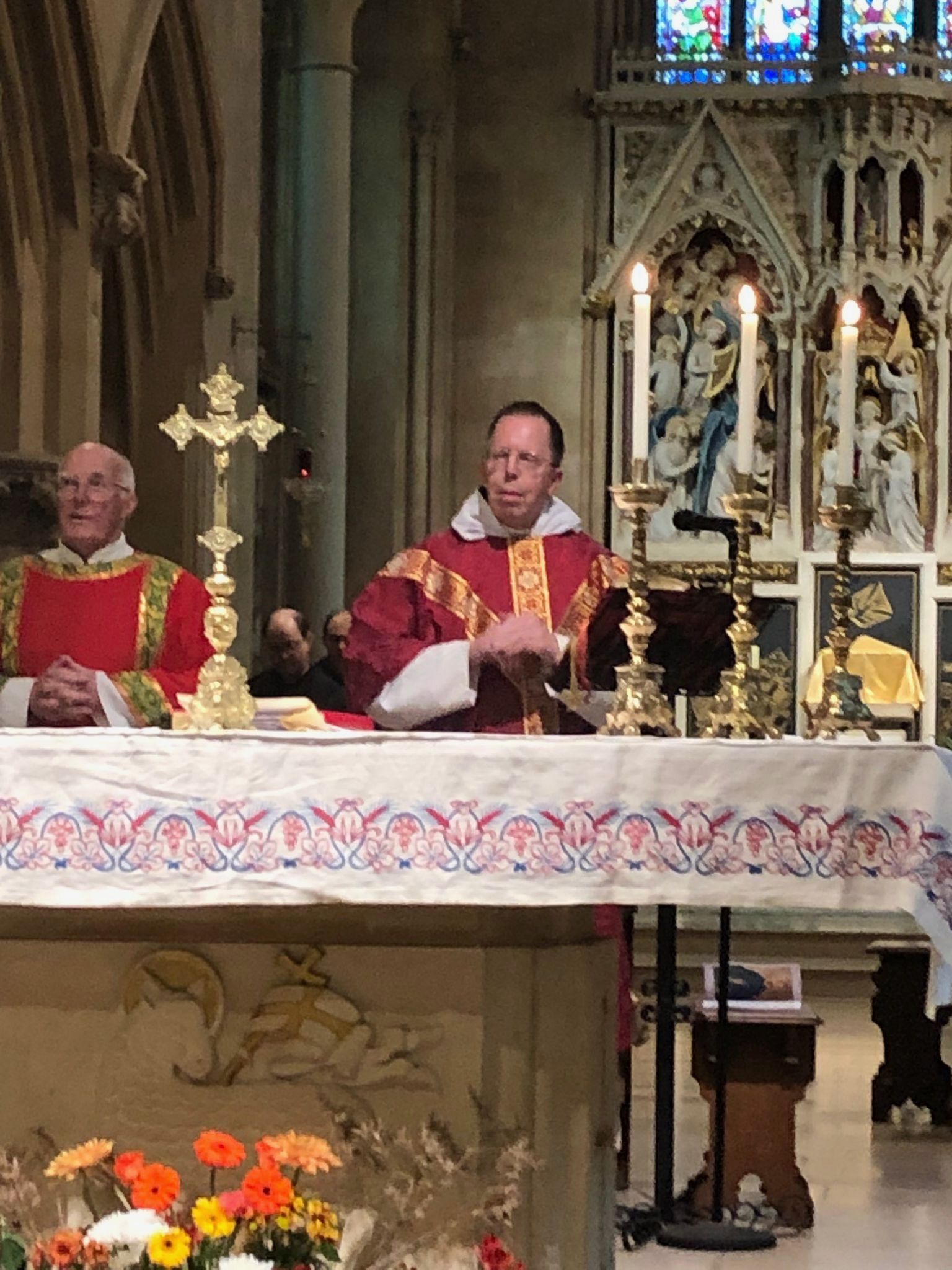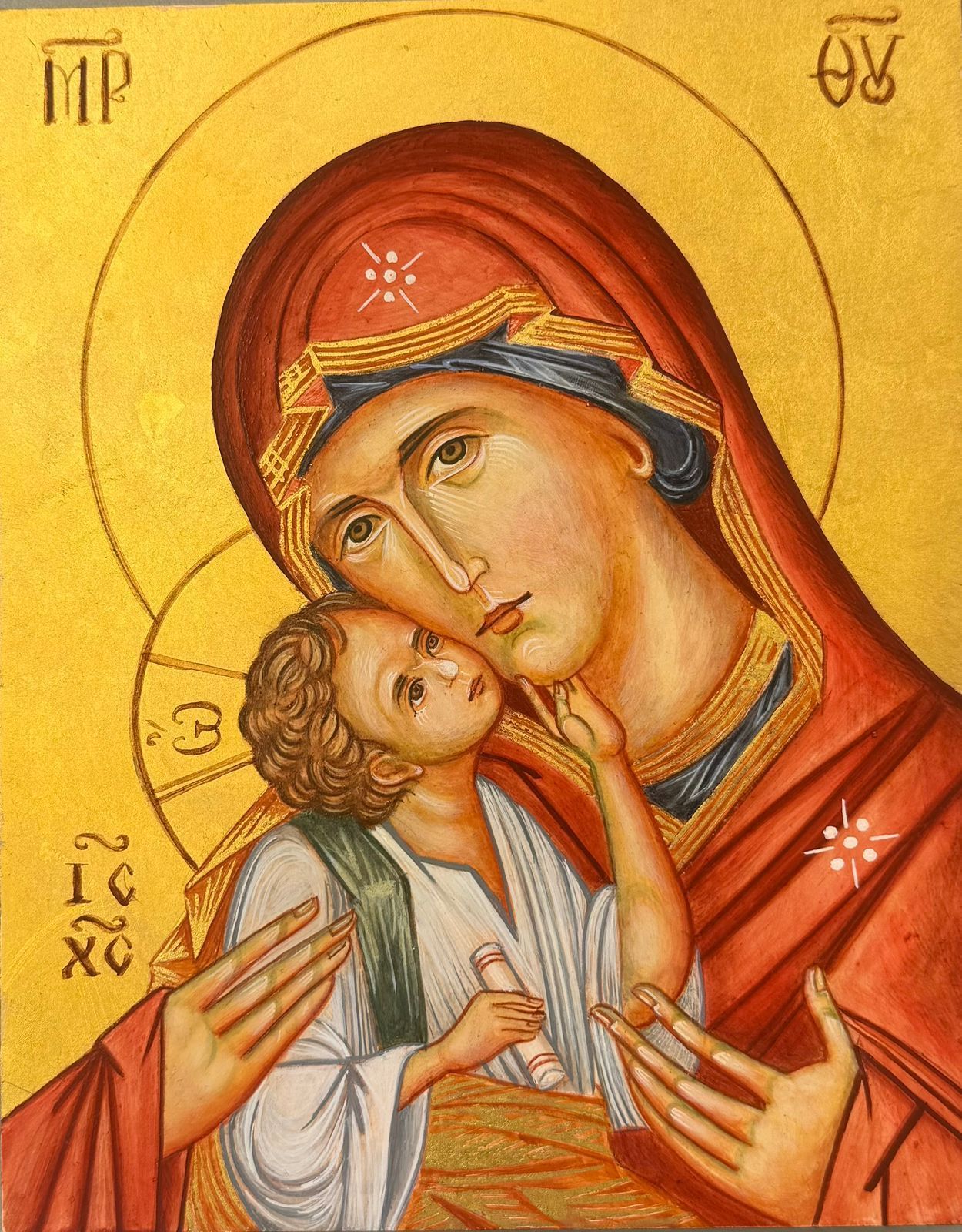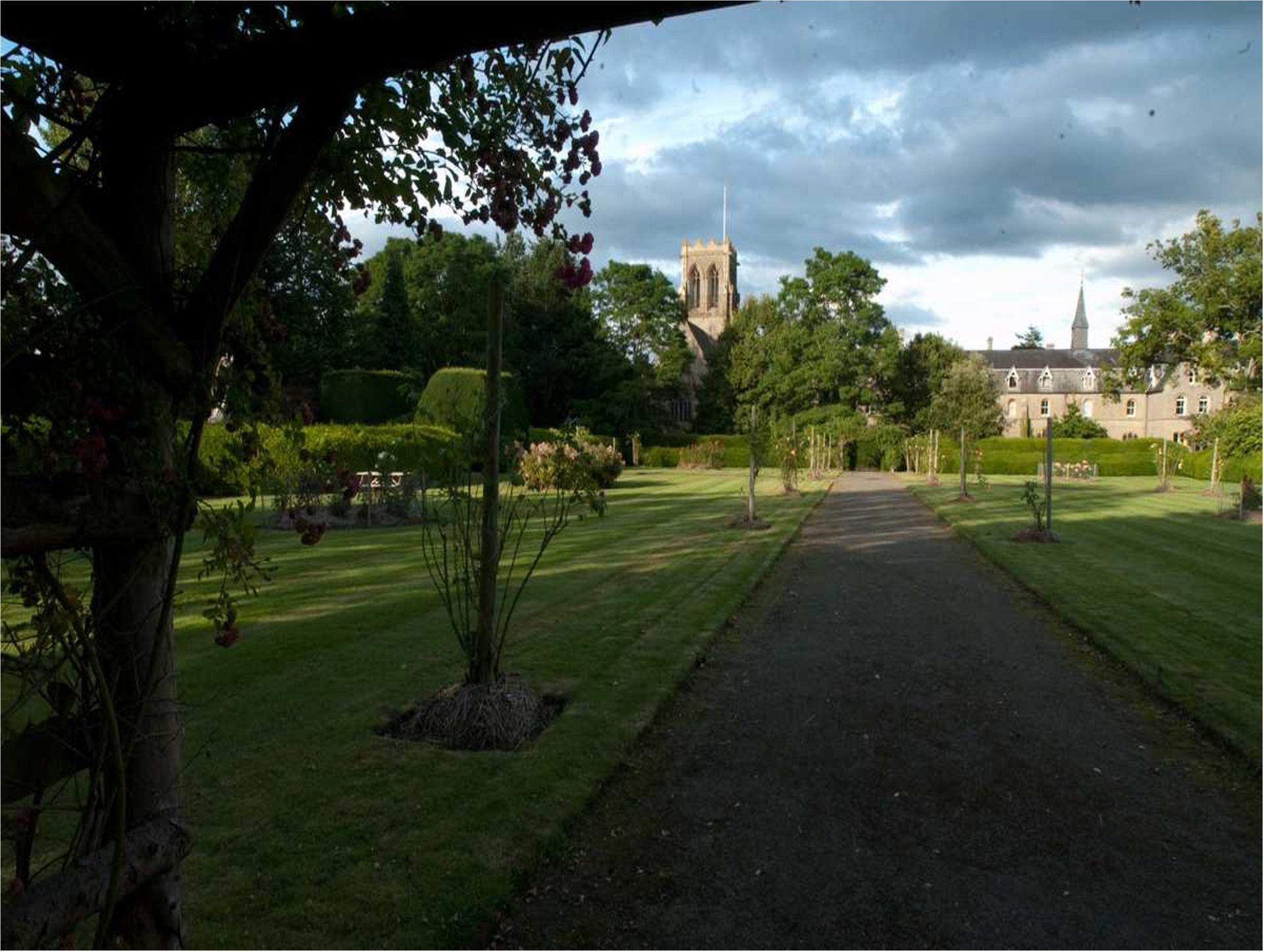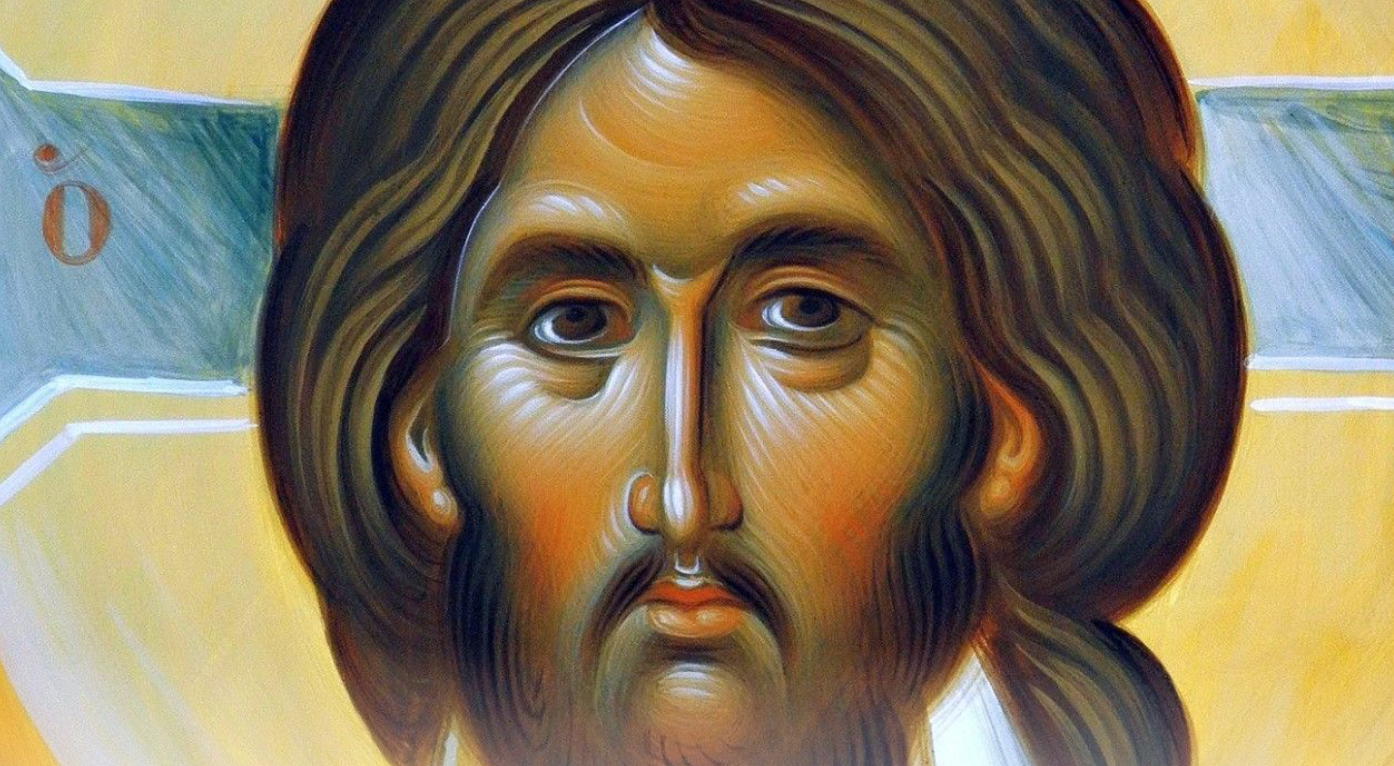Message of Abbot Paul - Tuesday 31st January 2023
Abbot Paul • January 31, 2023
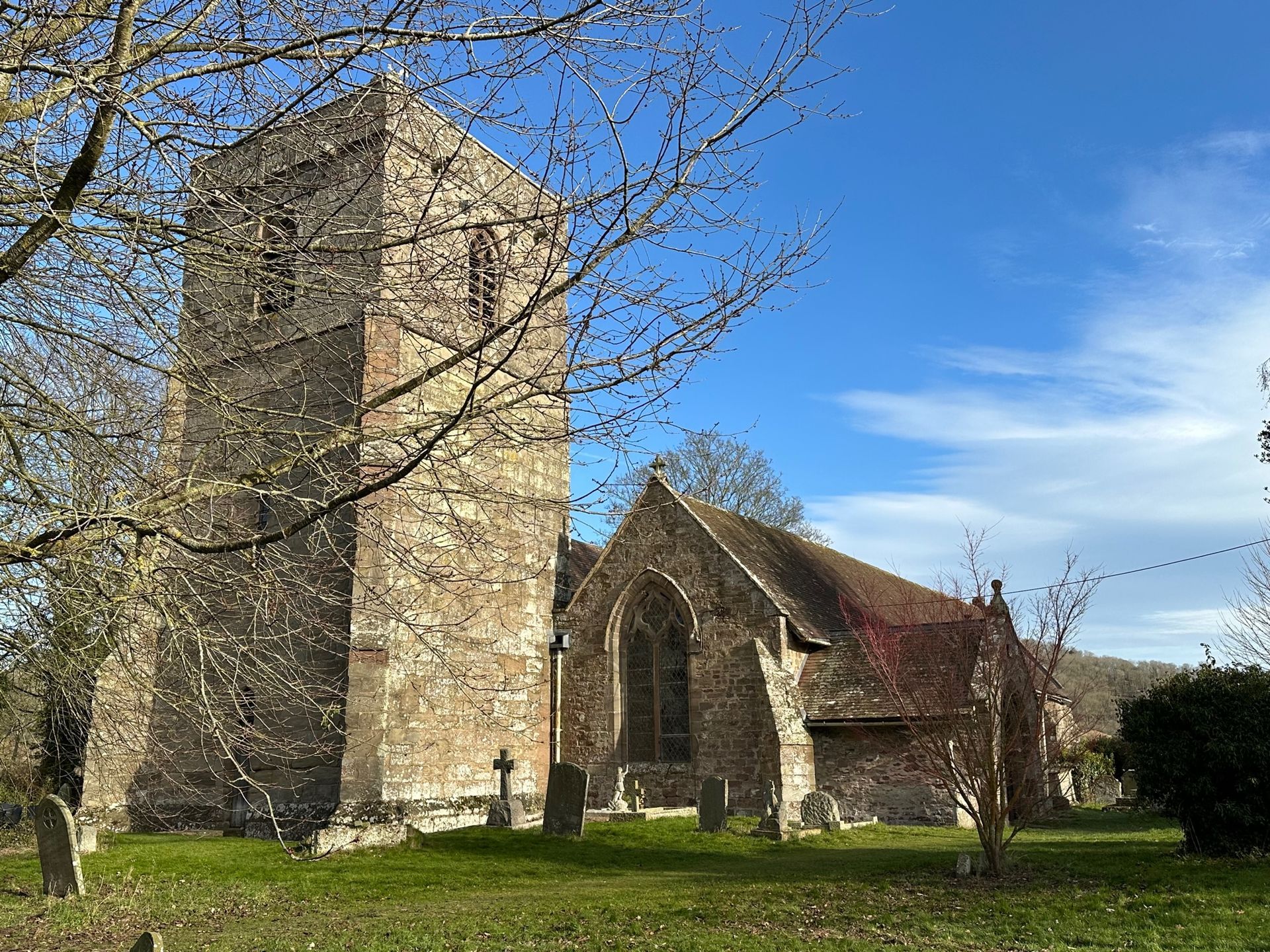


Yesterday, a friend and I took advantage of the mild, sunny weather to take a trip out into the countryside and visit a church yet on our list to see: St Cuthbert’s at Holme Lacy. I hadn’t realised that this was a redundant church, rarely used for worship now. It’s about a mile and a half from the village, down by the river and extremely damp and cold inside. Nevertheless, both the church and the graveyard are beautifully kept and well worth a visit. We also visited St Mary’s, Fownhope, a fine if rather over-restored church that leaves one wondering what it must really have looked like before the Reformation. Sadly, the magnificent Tympanum is on a back wall directly under a large window, thus making it difficult both to see and to photograph. When I visited two months’ ago, the light that should make this possible was out of order and by yesterday nothing had been done to change it. At Holme Lacy I sang a Latin chant to Our Lady and you could feel the stones hungrily absorbing both words and music. Strangely, I didn’t feel moved to pray in the same way at Fownhope.
Today the Church remembers St John Bosco, the 19th century founder of the Salesians, a priest who dedicated his life to the Christian education of the young.
We ask him to bless all young people and children and to protect them from all harm through his heavenly intercession.
Our Gospel passage from Mark today is a surprisingly long for such a short Gospel, (Mk 5: 21-43). It recounts two miracles, one story within another: the raising to life of the synagogue official Jairus’ daughter and the healing of the woman with the haemorrhage. The text is so beautifully written and well-worth reading over and over again that I’ll reproduce it.
“When Jesus had crossed in the boat to the other side, a large crowd gathered round him and he stayed by the lakeside. Then one of the synagogue officials came up, Jairus by name, and seeing him, fell at his feet and pleaded with him earnestly, saying, ‘My little daughter is desperately sick. Do come and lay your hands on her to make her better and save her life.’ Jesus went with him and a large crowd followed him; they were pressing all round him.
Now there was a woman who had suffered from a haemorrhage for twelve years; after long and painful treatment under various doctors, she spent all she had without being any the better for it, in fact, she was getting worse. She had heard about Jesus, and she came up behind him through the crowd and touched his cloak. ‘If I can touch even his clothes,’ she had told herself ‘I shall be well again.’ And the source of the bleeding dried up instantly, and she felt in herself that she was cured of her complaint. Immediately aware that power had gone out from him, Jesus turned round in the crowd and said, ‘Who touched my clothes?’ His disciples said to him, ‘You see how the crowd is pressing round you and yet you say, “Who touched me?”’ But he continued to look all round to see who had done it. Then the woman came forward, frightened and trembling because she knew what had happened to her, and she fell at his feet and told him the whole truth. ‘My daughter,’ he said ‘your faith has restored you to health; go in peace and be free from your complaint.’
While he was still speaking some people arrived from the house of the synagogue official to say, ‘Your daughter is dead: why put the Master to any further trouble?’ But Jesus had overheard this remark of theirs and he said to the official, ‘Do not be afraid; only have faith.’ And he allowed no one to go with him except Peter and James and John the brother of James. So they came to the official’s house and Jesus noticed all the commotion, with people weeping and wailing unrestrainedly. He went in and said to them, ‘Why all this commotion and crying? The child is not dead, but asleep.’ But they laughed at him. So he turned them all out and, taking with him the child’s father and mother and his own companions, he went into the place where the child lay. And taking the child by the hand he said to her, ‘Talitha, kum!’ which means, ‘Little girl, I tell you to get up.’ The little girl got up at once and began to walk about, for she was twelve years old. At this they were overcome with astonishment, and he ordered them strictly not to let anyone know about it, and told them to give her something to eat.”
What strikes us throughout is how calm and respectful Jesus is. Even when he is searching for the woman healed of her haemorrhage, it is to reassure her that her faith has made her whole again and that she is now free of her ailment. When news comes of Jairus’ daughter’s death, Jesus calms her father and those with him by inviting them not to fear but only to have faith. The crowd gathered at the house might laugh at him, but he ignores their laughter and asks them to leave. Only those who have faith can remain in the house and pray with Jesus that the girl’s life be restored. So important for Mark were the words Jesus addressed to the little girl that he leaves them in Aramaic, the language Jesus spoke. Although everyone is astonished, Jesus simply tells them, sensibly, to give her something to eat. No drama with Jesus, just common sense.


